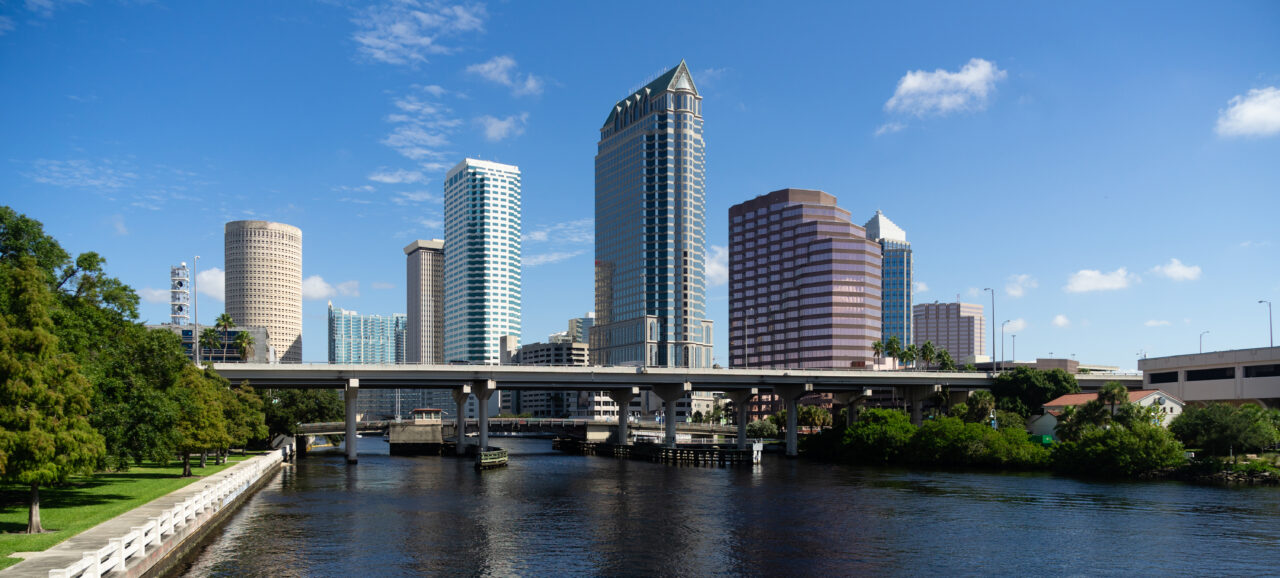
If you live in the city of Tampa, you’ve likely noticed a tremendous amount of new development around you.
While there are many positives to living in a burgeoning community, such as new restaurants, attractions, and options for recreation, new development and growth bring challenges, one of which is how to accommodate new residences without negatively impacting existing residents.
The Planning Commission is projecting that by 2045, Hillsborough County’s population will increase by 700,000 new residents. With the limited supply of vacant land and housing prices at an all-time high, there is a strong need for quality multifamily developments throughout the city to provide housing options near major employment centers and adjacent to existing transit corridors.
Tampa has wisely embarked upon a series of land use planning studies to evaluate existing plan policies to determine if changes might be necessary to balance the need to accommodate population growth with any potential negative impacts on existing residents.
Members of NAIOP Tampa Bay, the commercial real estate trade association, support Tampa Mayor Jane Castor and her administration’s balanced and systematic approach to fully evaluate critical issues like resiliency, sea level rise and climate change.
We also support the administration’s suggestion to examine the city’s existing density policies through the Comprehensive Plan Amendment process.
While the specifics of the proposed amendment to the city’s Comprehensive Plan are not perfect — we believe the amendment can be improved to better direct growth toward major employment centers and away from less appropriate locations — the Comprehensive Planning process is a fair, transparent process that allows the greatest form of public participation and input from a cross-section of stakeholders.
While NAIOP Tampa Bay supports using the planning process to best address growth, we strongly oppose implementing temporary development control measures, such as a moratorium on multifamily construction, that interfere with this planning process.
Moratoriums are problematic for a variety of reasons. A moratorium sends a message to the public that Tampa is not open to new growth and economic opportunity at a time when COVID-related economic recovery is still so desperately needed.
Artificial barriers to development, like a moratorium, artificially restrict supply and do nothing to curve demand, which simply makes housing and commercial development more expensive. Now is not the time to make things more expensive for City of Tampa residents.
The timing of when a proposed moratorium would go into effect is also problematic.
Tampa City Council scheduling and procedures would prevent a moratorium, a temporary measure, from being adopted no sooner than September 2021.
The Comprehensive Plan Amendment process, which is a permanent solution, will conclude in January 2022. The reputational risk that a moratorium poses to the city is simply not worth a three-month delay to the planning process. We believe it is a distraction that misdirects the limited time and resources of city staff that would be better spent working on the planning process.
Moratoriums should not be used as a substitute for good planning; Tampa has an award-winning Comprehensive Plan which should serve as a blueprint to guide new growth.
NAIOP Tampa Bay respectfully recommends that Tampa allow the planning process to work.
___
Greg Williams is president of NAIOP Tampa Bay, the area’s leading trade organization representing developers, owners, investors and other professionals in commercial real estate. NAOIP fosters business relationships, promotes responsible development and supports sustainable growth of the region through education, leadership and advocacy.



